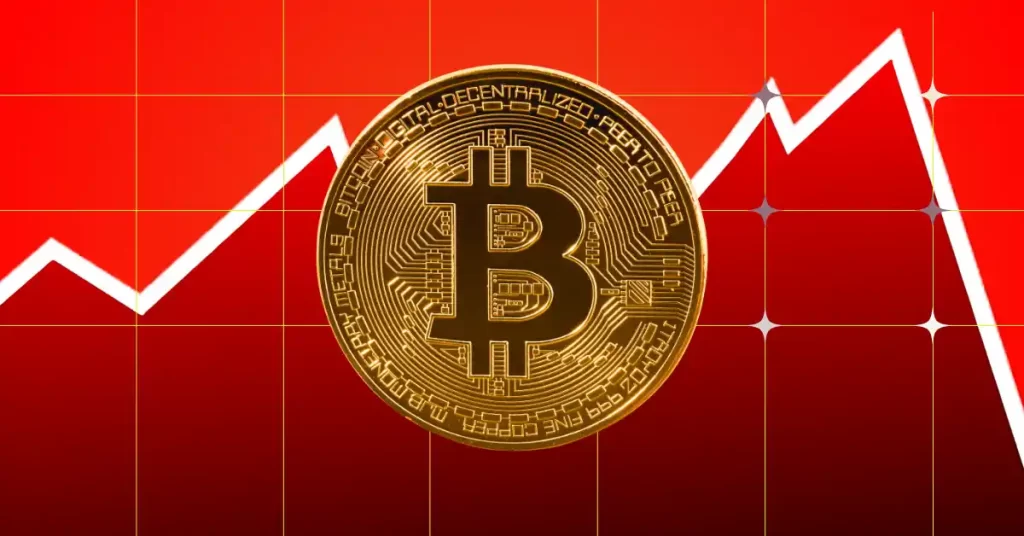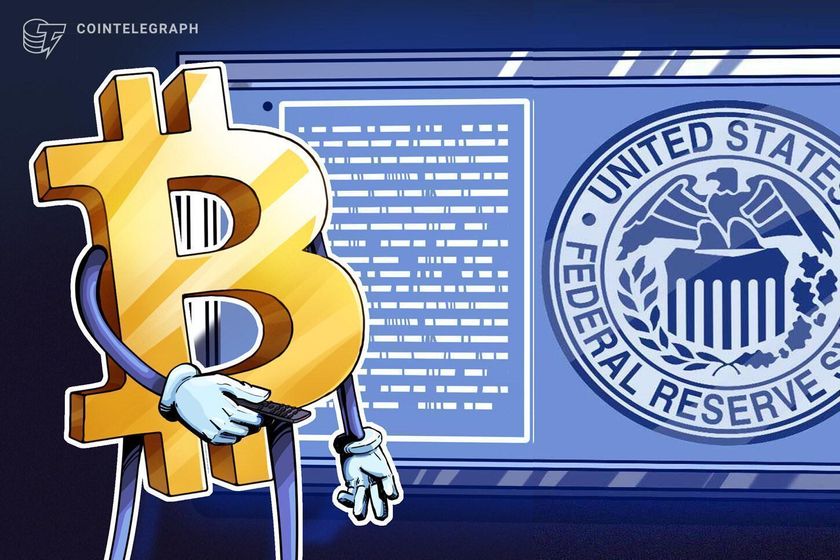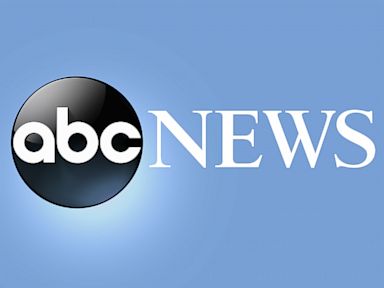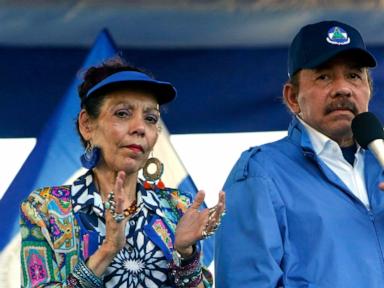ARTICLE AD BOX

- Circle joins hands with Onafriq to cut heavy cross-border costs and ease money flow using USDC across Africa.
- Soaring currency devaluation pushes stablecoin shift as Circle eyes major remittance corridors and builds trust in weak systems.
Stablecoin issuer Circle has partnered with Africa’s premier payments network, Onafriq, to change the way payments flow throughout the continent. The move could affect over 200 million bank accounts and over 500 mobile wallets in more than 40 countries. This partnership is in response to Africa’s increasing appetite for cheaper and faster cross-border payments.
We’ve partnered with @circle to expand access to cross-border payments across Africa!
By integrating USDC-powered settlement solutions into our network, we’re making intra-African payments faster and more efficient for individuals and organisations.
Learn more:… pic.twitter.com/EJLmY4sdoT
— Onafriq (@Onafriq) April 30, 2025
Currently, cross-border payments in Africa experience inefficiencies, with more than 80% of them being sent through banks outside of the continent and paid in a currency outside of the region, most typically the euro or the US dollar. Such traditional methods cost the region almost $5 billion in fees each year. All this will require the use of USDC, the U.S. dollar-backed stablecoin of Circle and Onafriq.
“By integrating USDC, we aim to simplify financial transactions for institutions and individuals, reduce costs and strengthen trust,” said Onafriq CEO Dare Okoudjou.
The partnership is positioned to reduce the reliance on correspondent banks and make digital financial services more accessible and trustworthy.
Circle Taps African Market as Currency Pressures Mount
As per Chainalysis, stablecoin use represented about 43% of all transaction volume throughout Sub-Saharan Africa in October of 2024. One of the key reasons behind the move has been continuous currency devaluation. The naira of Nigeria alone has depreciated by over 100% in 2024 and has driven the move to stablecoins.
The vice president of Circle in the Middle East and Africa, Miriam Kiwan, focused on the larger vision behind the endeavor.
Together, we aim to transform how money moves across borders, offering secure and transparent digital payment rails that enhance economic empowerment and connectivity,
Circle’s expansion into Onafriq is in line with its overall international growth strategy. In its expansion effort, Circle is looking to cement USDC’s role in key remittance routes and emerging markets where users experience high transfer fees and unreliable financial systems.
Broader Strategy and Regulatory Support Back Expansion
On 21st April 2025, Circle introduced the Circle Payments Network (CPN), a network that is intended to iron out the wrinkles of international settlements with stablecoins. It is a collaboration of over 20 members featuring World Remit, Yellow Card, and Fireblocks, with advisory contributions from Standard Chartered and Deutsche Bank, among others.
CPN is likely to support a range of payment use cases from payroll to treasury payments and to offer secure, rapid, and inexpensive alternatives to traditional payment methods. Along with creating alliances, Circle is shifting to gain regulatory traction.
On the 29th of April, the company received in-principle approval from the Abu Dhabi Global Market’s Financial Services Regulatory Authority. This gives it the right to be a licensed money services provider in the UAE and further solidifies its role among serious contenders in the global digital payments space.
.png)
 4 hours ago
2
4 hours ago
2








 English (US)
English (US)